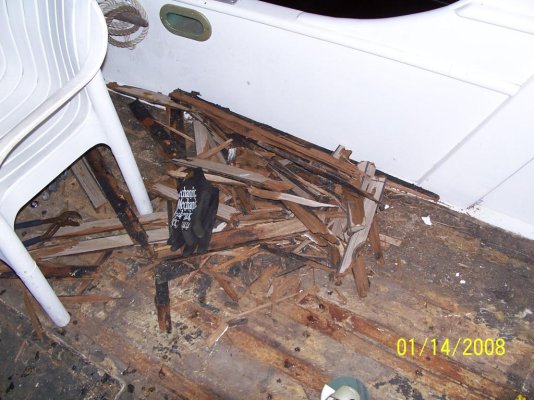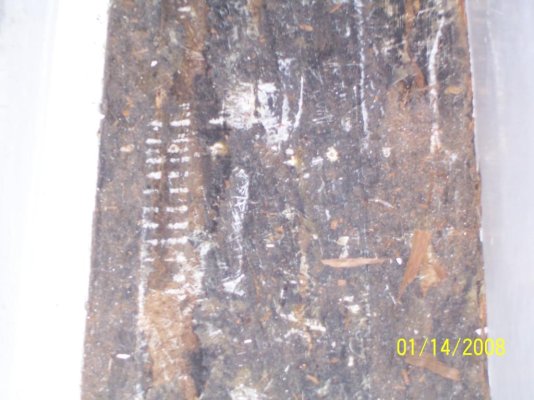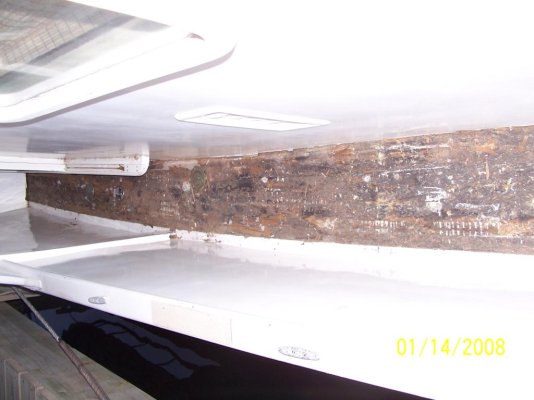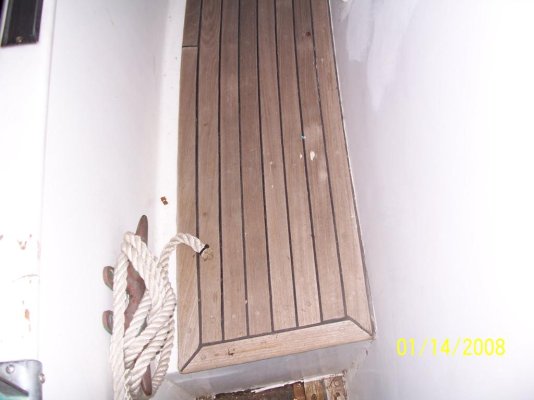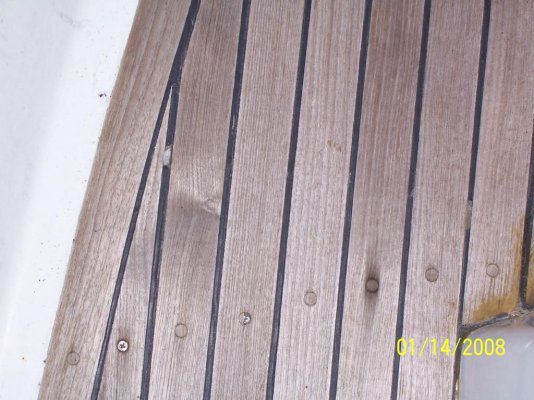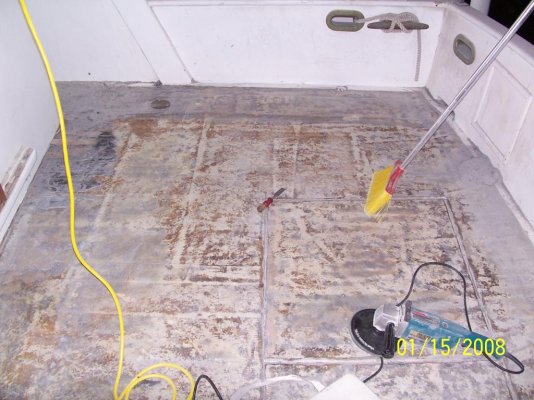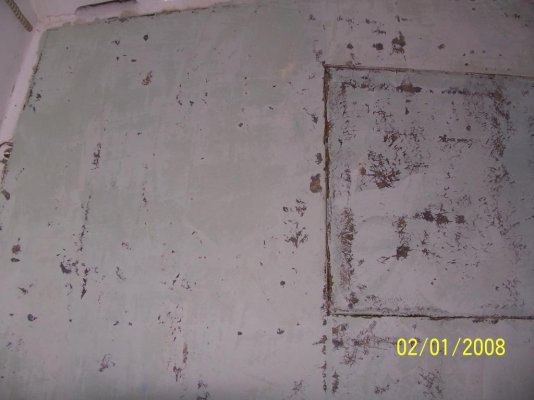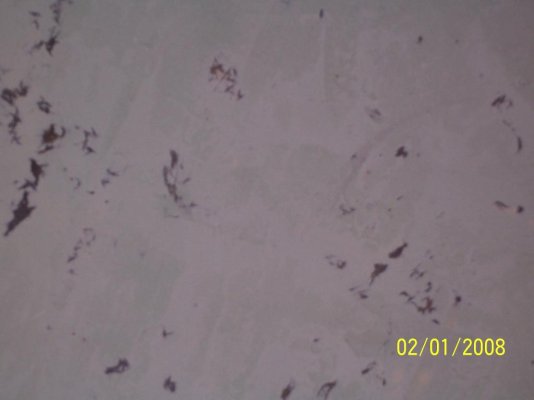troy994719
Senior Member
- Joined
- Oct 2, 2007
- Messages
- 278
Last week I started removing my teak decks, I knew it would be a lot of work but not this much! It has been about twice as much work that I expected, the majority of the wood came up in small pieces. I have tried to remove all the screws then tried to pry the wood free form the fiberglass. Sometimes you get lucky and get a long strip up, but the majority splits, breaks, and just damn near works you to death. If I had it to do over again I would defiantly hire some help. The good news is I did not find any bad or soft spots in the fiberglass yet. It looks like after 25 plus years the decks were still not leaking, which amazed me. I have a few pictures of what it looks like in case you are thinking about taking this project on yourself. My plan is to end up with decks that are painted with non skid, so feel free to post any tips, tricks or ideas you might have!

